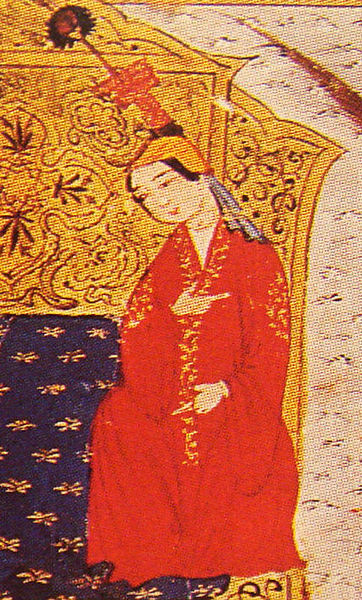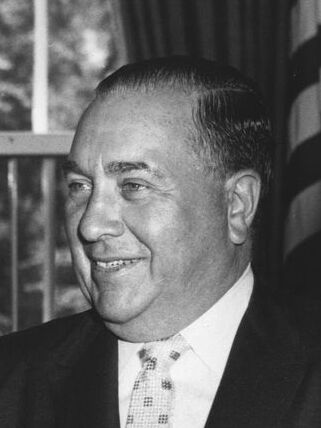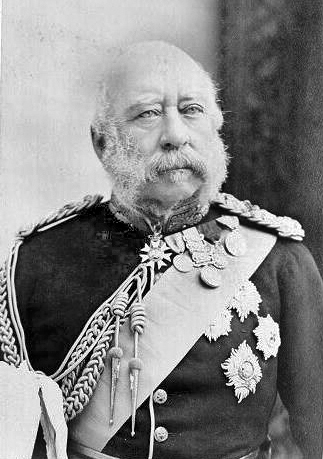
HOCKS EVERYTHING TO PAY FOR PARTYING
560 B.C.
Sardis, Lydia
Kids these days. You just can’t give them anything nice.
King Alyattes, when he wasn’t running the country, worked his whole life, building up the family perfume business. He scrimped and saved so that he could pass on something of value to his son, the playboy prince (who doesn’t deserve it).
Since King Alyattes died, his son Croesus, as the new king, has raided the imperial treasury.
Young Croesus, who never earned an honest Drachma in his life, is spending his dad’s fortune on wine, women, and song. And the women are Thracians!
Worst of all, to pay for his wild life, he’s sold off Alyattes’s priceless coin collection, seeing it as nothing but scraps of silver.
But seriously…
July 31st, 2023
Croesus is one of the great squanderers in history.
He was given a kingdom, which he lost.
He was bequeathed prosperity, which he wasted.
He was the beneficiary of one of the great inventions of history, which he never appreciated.
He played a part in the rise of the greatest military empire of his time, the greatest economic experiment of the ancient world, and the great flowering of culture and government upon which the western world is founded.
Unfortunately for him, the part he played was that of the loser.
Sardis
It’s generally accepted that coins were invented in the kingdom of Lydia in about 610 B.C.E. The Lydians were merchants, and the use of coins enabled commerce at a scope of sophistication that had never been seen up to that time.
Their capital, Sardis, was quite a place.
It boasted a retail market, where everything was for sale: perfume and cosmetics (which the Lydians exported); dice made of knucklebones (which they invented); products imported from their neighbors; and women.
Brothels were a big business in Sardis, and a path to marriage. Women would engage in prostitution for the purpose of putting together a dowry, and these women were highly sought after as wives; these women could essentially choose their own husbands.
Flowing past Sardis is the Pactolus River, and out of this river, the Lydians panned electrum, an allow of gold and silver. Electrum was 17 to 24 percent silver, the rest being mostly gold. The Lydians used this as their material for minting coins, with a standardized size and weight; it was distinctive from the lumps of silver that had been used for time immemorial.
Coins allowed merchants to assess value by tale- by counting coins, rather than having to weigh out the gold or silver for each transaction.
The first mints may have been set up by merchants, but Alyattes, the Lydian king, soon set up his own mint and gave the coins his stamp- the royal lion- showing that the palace stood behind the currency.
(He may have, at some point, debased his own currency by reducing the gold content, presumably to increase his own profits.)
The invention of coinage allowed Alyattes to create a great commercial empire, which Croesus inherited in 560 B.C.E.
Spending Spree
Croesus frittered away his mercantile wealth.
He bought all the luxury goods he could get his hand on: jewelry, musical instruments, glazed ceramics, bronze figurines, mohair, and expensive purple cloth. He built glorious tombs of marble and ivory.
Then, in 540 A.D., he replaced the popular and stable electrum currency with pure gold coins.
Six years later, his great empire was gone.
He had it all. But he wanted more. He decided to conquer Persia.
He consulted the Oracle at Delphi to see if it was wise to attack Persia. Unfortunately, greed and wisdom don’t often go together. The Oracle told him,
“If Croesus goes to war he will destroy a great kingdom.”
He went to war. Cyrus the Great and his Persians defeated Croesus in 546 B.C.E.
The empire referred to by the Oracle was not the Persian empire, but his own Lydian empire.
Networks
The Greeks were able to fill the vacuum left by Croesus’s downfall, with the help of geography and luck.
Athens had a limited supply of usable land, so it began sending citizens out of the city as homesteaders, on islands in the Aegean, and on Asia Minor. This led to a network of trading partners. Athens and its colonies embraced coins as a way of facilitating their commercial trading.
Their lucky break was the discovery of silver in the Laureion mines at the beginning of the fifth century. The Athenians used silver as a way of exporting this silver. Their coins didn’t catch on right away; at first some of the recipients melted them down for their silver content. But eventually the Athenian owl tetradrachm was the international currency of the ancient world.
By the end of the sixth century, the Greek world had more than one hundred operating mints, stamped with images of goats, cocks, stags, horses, gryphons, human heads, seals, beetles, sphinxes, eagles, and half-bulls.
Early on, coins were used to finance war. Some nations would even use counterfeit Athenian coins to pay mercenaries.
The Persian satrap Tithraustes won the Corinthian War with the help of Persian coins bearing the image of an archer; Agesilaus, king of Sparta quipped that he was driven out of Persia “by thirty thousand Persian archers.”
Heroes and Merchants
Coinage brought Greece out of the Heroic Age- the age of Homer and the Trojan War, with all of its larger-than-life characters- into the age of merchants, which came to be known as the Classical Age. That led directly to the features of Greek life we recognize as the beginning of the Western way of life.
Before coinage, the Greeks had exchange relationships, wherein a powerful man supported a group of people, who were personally obligated to him.
The coin brought freedom to the peasantry; retail trade gave them another option than being tied to an agricultural magnate.
The Agora
It started with the Agora, the marketplace. This was where the Greeks gathered to buy and sell (and eventually to vote).
In the Agora, everything was for sale, including: figs, marshals of the court, grape bunches, turnips, pears, apples, witnesses, roses, medlars, haggis, honeycombs, chickpeas, lawsuits, beestings, curds, myrtle, allotment machines, blue cloth, lambs, water clocks, laws, and indictments.
A culture of merchants and middlemen developed: grain dealers, shopkeepers who bought pots from workshops, and innkeepers who supplied food to wayfarers.
Laborers in Athens would present themselves in the morning looking for work, to be hired by people who needed day labor. The Agora was the first Home Depot parking lot.
The public buildings in Athens were built by laborers paid by the day, by the prytany (one-tenth of a year), or by the job. This was another innovation made possible by coinage: a community building project, financed by citizens, built by citizens who were paid for their labor.
A Navy and a Party
In the Fifth century Athens united more than a hundred cities in the Delian League, set up as a military alliance. Athens, as the most powerful member, did most of the fighting. The other members, happy to avoid military service, paid tribute to Athens; their payments built the Athenian fleet.
Each of the wealthiest citizens of Athens was required to outfit and command a trireme (warship) for one year. The Athenian Navy was born.
This system was also used for the choregia, the production of performances at dramatic festivals.
This gave us Aeschylus and Sophocles and Euripides.
So, a glittering alloy settled in a little stream in Lydia flowed through the Near East and Mediterranean worlds, giving us democracy, retail markets, international trade, Western drama, the Acropolis, prosperity and freedom, and community.
If only Croesus knew what he had.
Sources
The History of Money, Jack Weatherford
A History of Ancient Coinage 700-300 B.C., Percy Gardner
The Invention of Coinage and the Monetization of Ancient Greece, David M. Schaps





